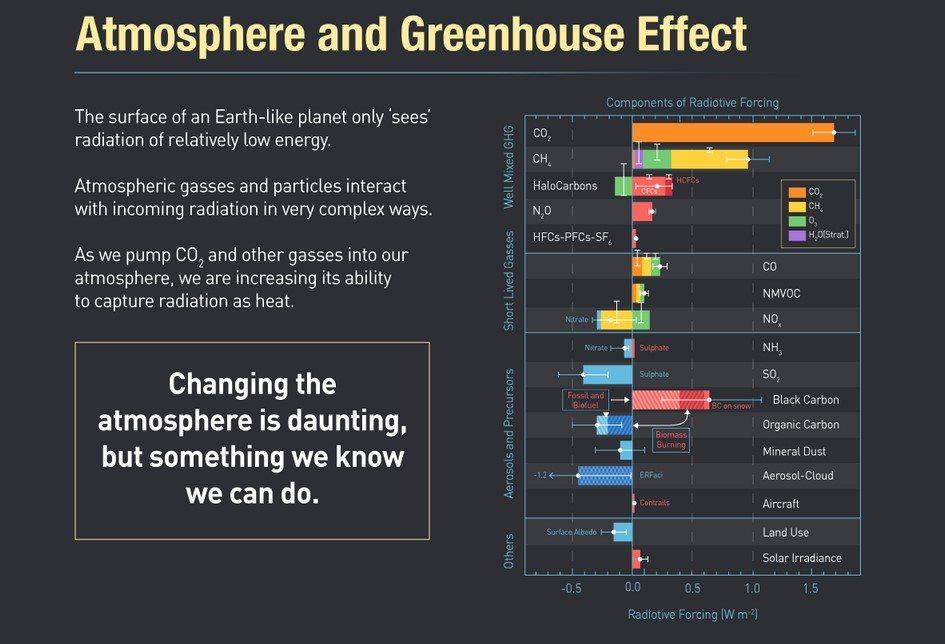
Terraforming 101: How To Make Mars A Habitable Planet
That's Elon Musk's philosophy, anyways – and just days ago he on his ambitions to colonize the Red Planet, including sending two cargo rockets by 2022 and four rockets (two manned, two cargo) by 2024.
Get The Timeless Reading eBook in PDF Get the entire 10-part series on Timeless Reading in PDF. Save it to your desktop, read it on your tablet, or email to your colleagues.In 40 to 100 years, Musk suggested that up to a million people could live there.
Change of Seasons
As Elton John wisely noted, 'Mars ain't the kind of place to raise your kids'.
Indeed, the average temperature on Mars is ?55 °C (?67 °F), dust storms are frequent and potentially deadly, and the planet has extremely low atmospheric pressure (about 1% of Earth). Because of the atmosphere and temperature swings, meaningful occurrences of liquid water on the planet's surface are almost impossible. And while Mars is thought to have plenty of frozen water at its poles and in underground deposits, the logistics of tapping into these resources could be quite difficult.
In other words, for any meaningful and long-lasting human presence on Mars, we would likely want to alter the planet and its atmosphere to make it more habitable for human life. And while the exact mechanisms we would use to accomplish this are still up for debate, the basics behind what's needed to achieve Earth-like conditions are actually pretty straightforward.
Terraforming 101
Today's infographic comes to us from , and it details what might need to happen on Mars to make it more accommodating to human life.
Here are two steps we could take to get Mars into the 'Goldilocks Zone', where water is liquid – and harmful ionizing radiation like x-rays, UV rays, and gamma rays are not problematic.
Greenhouse Gases
One way to ward off harmful ionizing radiation is to add a thicker layer of greenhouse gases to the atmosphere of Mars. Such an atmosphere would also allows less heat to escape, meaning warmer temperatures on the planet.
Magnetic Field
A strong magnetic field on Earth is something else that makes life easier. Earth's solid inner core, composed primarily of iron, creates this field when the planet spins – and it deflects cosmic rays and other harmful types of radiation.
One interesting solution to solve this problem on Mars would to have a magnetic field generator in front of the planet at all times, deflecting any such rays coming from the sun.
The Realm of Possibility
While terraforming is still a mixture of theory and science fiction at this point, we do know some of the major problems that have to be solved for attaining a habitable environment – and it will be interesting to see how plans around Mars develop as the prospect of colonization becomes more real.
Article by Jeff Desjardins,

Legal Disclaimer:
MENAFN provides the
information “as is” without warranty of any kind. We do not accept
any responsibility or liability for the accuracy, content, images,
videos, licenses, completeness, legality, or reliability of the information
contained in this article. If you have any complaints or copyright
issues related to this article, kindly contact the provider above.


















Comments
No comment